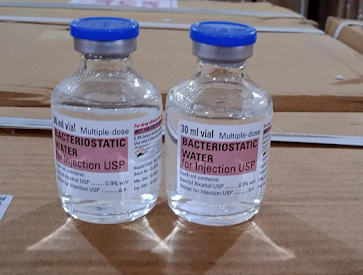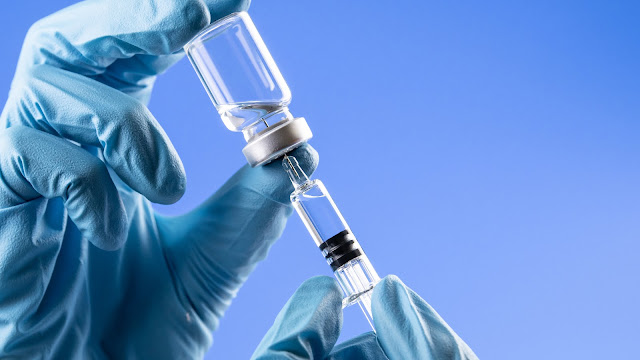How to Properly Store Bacteriostatic Water for Maximum Efficacy
If you are looking for bacteriostatic water in Australia, this blog is beneficial as it will walk you through the best ways to store it for maximum effectiveness.
Understanding Bacteriostatic Water
Understanding bacteriostatic water is crucial before delving into storage advice. This water has been treated with a bacteriostatic chemical (often benzyl alcohol) to render it inhospitable for bacteria, making it more than just sterile water. Because of this feature, it is helpful in settings such as compounding pharmacies, hospitals, and research centers where several draws from a single vial are required.
Tips For Storing Bacteriostatic Water for Maximum Efficacy
- Keep It at the Right Temperature
The best storage temperature for bacteriostatic water is between 20°C to twenty-five°C (sixty eight°F to seventy seven°F), much like room temperature. Extreme temperatures can affect the solubility and balance of the benzyl alcohol, probably compromising its efficacy. Avoid storing it in locations subject to speedy temperature adjustments, like close-to-home windows, warmers, or within the restroom.
2. Protection From Sunlight
Benzyl alcohol and other chemicals in Bac water can be harmed by modest exposure, particularly in direct sunlight. Store the vials in their original packaging in a dark area or cabinet to preserve their quality. If you can’t find the original packaging, consider using a box blocking light off or covering the vial with aluminum foil.
3. Ensure Proper Sealing
After every use, make sure the vial’s cap is properly tightened. This keeps impurities from the air and surroundings from entering the vial, compromising the water’s purity. If the cap or seal is broken, discarding the vial is satisfactory to avoid infection.
4. Avoid Freezing
Freezing bacteriostatic water isn’t always encouraged. Although it won’t always be ineffective, freezing could cause the field to shatter or destroy, leading to infection. Furthermore, frequent freezing and thawing can weaken the preservative capacity to stop the growth of bacteria.
5. Follow Expiry Dates
Like other clinical products, Bacterial water has an expiration date that requires proper adherence. If the water is used beyond this date, bacterial contamination may be dangerous because the preservative’s effectiveness may have faded. Before using, always check the expiration date and throw out any vials past their high.
6. Discard After Multiple Uses
Even though Bac water contains a preservative, there is always a chance of infection when the vial is unsealed. Every hole can weaken the solution’s structural integrity, leaving it open to a microbial explosion in the long run. Therefore, regardless of how much solution is left in the vial, discarding it 28 days after usage is advised to ensure safety and maintain efficacy. This protects against the use of contaminated water.
Final Thoughts
Finally, it is important to store bacteriostatic water properly to ensure the safety and effectiveness of the scientific and research programs it supports and extend its shelf life. Healthcare professionals and researchers can ensure these water resources remain safe and effective by adhering to those guidelines. Remember to research if you are unclear about purchasing Bacteriostatic Water Australia to ensure the genuineness and quality of the product.




Comments
Post a Comment